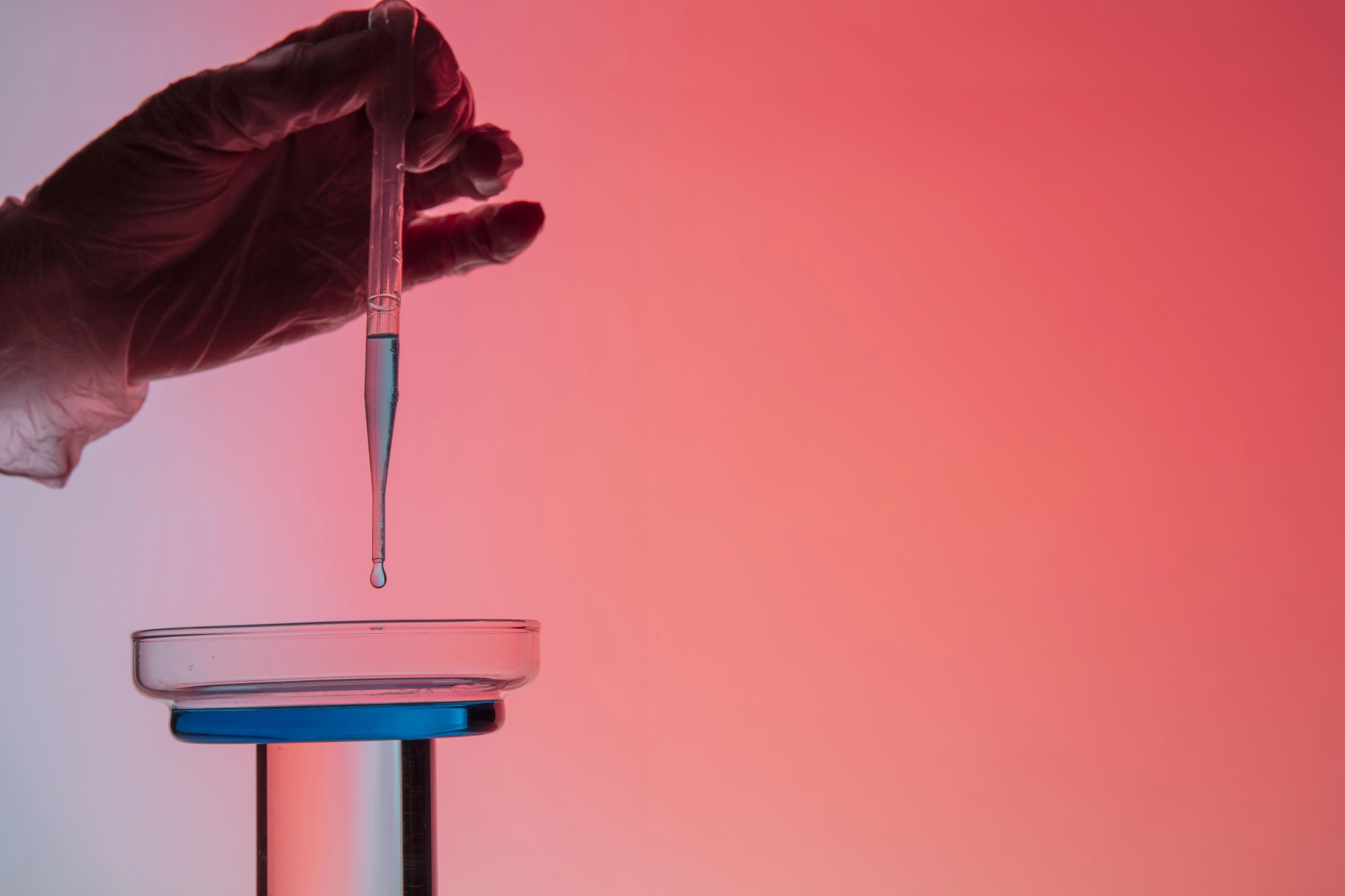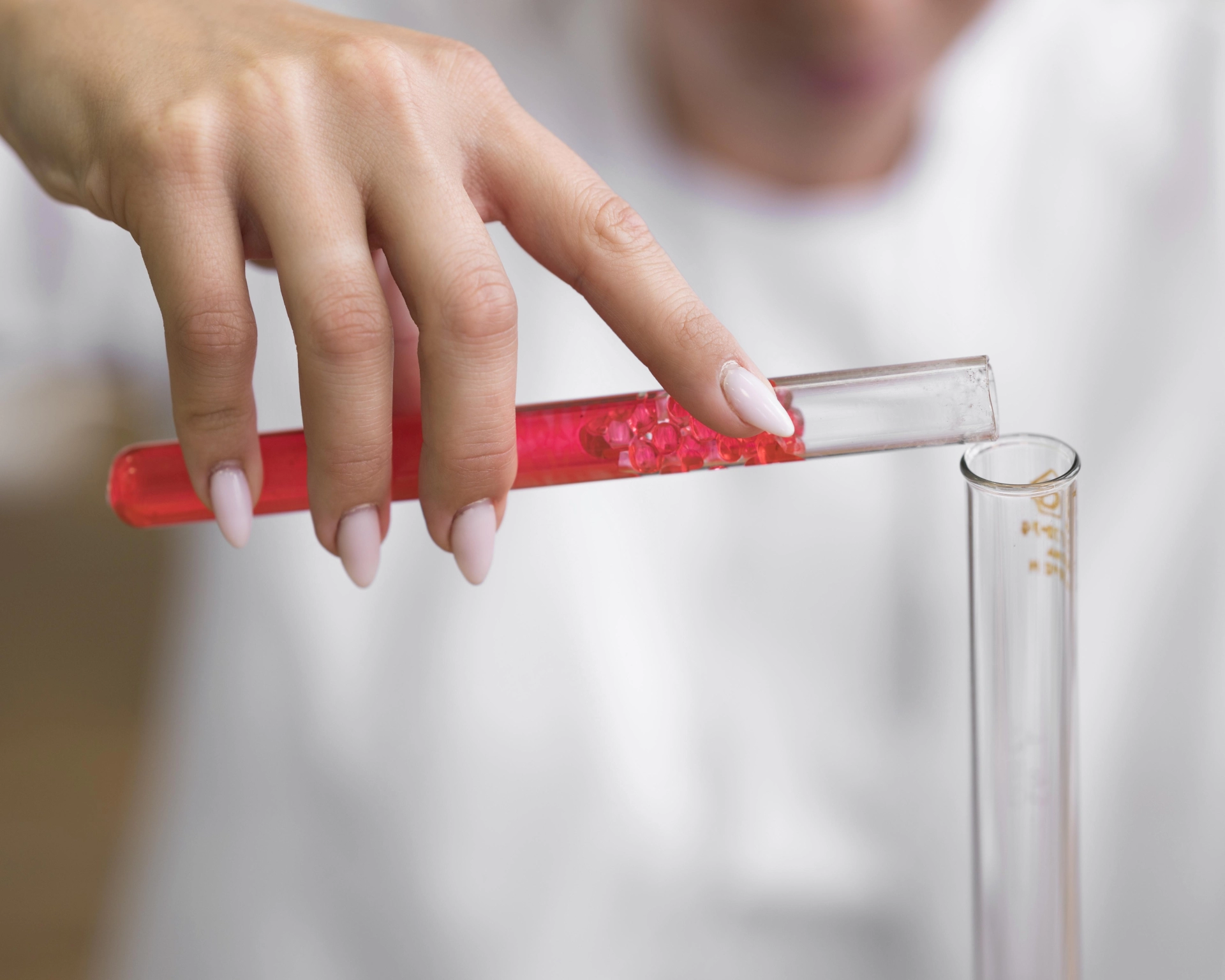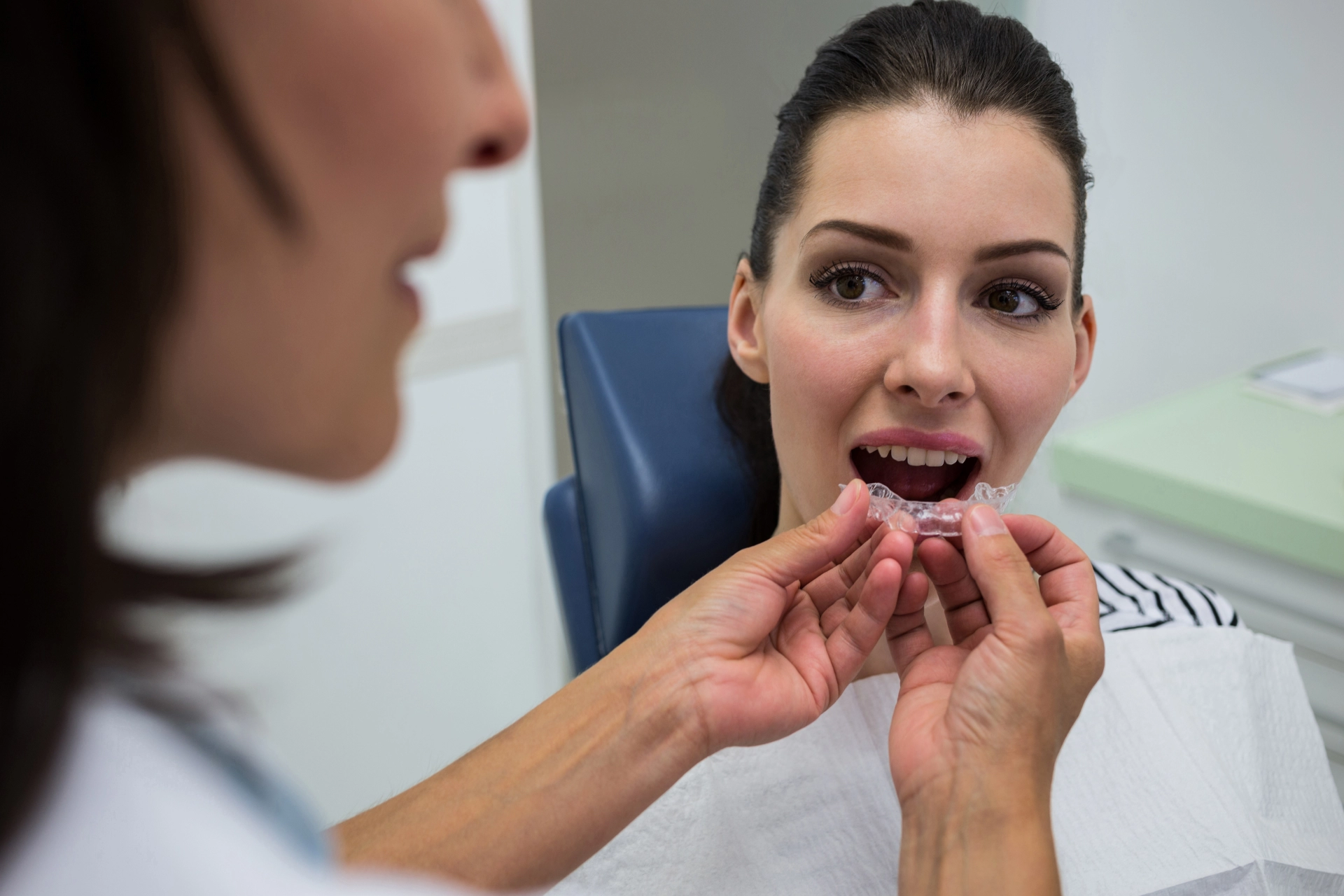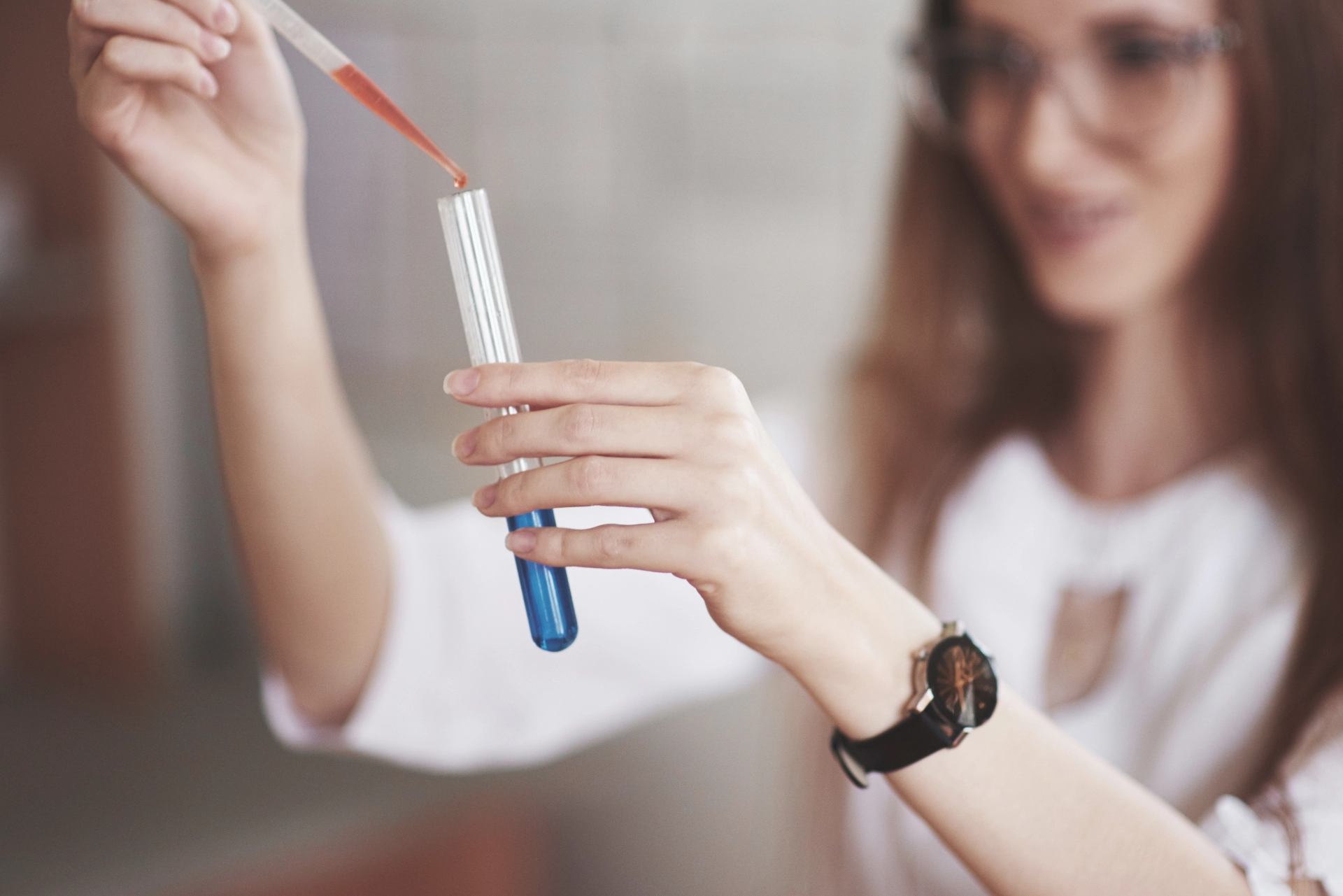Adrenarche is a natural developmental phase in childhood when the adrenal glands begin to produce increased amounts of the hormone dehydroepiandrosterone (DHEA). This process usually occurs between the ages of 6 and 8 and precedes true puberty, known as
pubarche
, by about two years.
DHEA is a precursor hormone, meaning that the body converts it into stronger hormones such as
androgens
(testosterone, androstenedione) and estrogen
. These hormones play an important role in initiating puberty, supporting reproductive health, and influencing body growth and development. In the bloodstream, DHEA mostly circulates as DHEA-sulfate (DHEAS), and its presence in blood tests indicates that adrenarche has begun. However, since adrenarche is a normal stage, this test is not routinely ordered for children.
What Happens During Adrenarche?
During adrenarche, the adrenal cortex—the outer layer of the adrenal gland—undergoes further maturation, especially in its innermost zone (zona reticularis). This development triggers the production of DHEA, which then transforms into androgens responsible for stimulating various glands and bodily changes, such as:
• Sebaceous glands
: These glands in the skin produce sebum, a protective oily substance that helps retain moisture and contributes to body odor.
• Apocrine glands
: Located in the underarm and genital regions, these glands remain inactive until activated by adrenal hormones.
It’s important to distinguish adrenarche from
gonadarche
, the stage when the ovaries or testes mature and start producing major sex hormones like estrogen or testosterone. Adrenarche and gonadarche are separate but complementary processes, each marking different aspects of development.
Premature Adrenarche
Premature adrenarche refers to the early appearance of pubic or underarm hair and body odor—before age 8 in girls or age 9 in boys. In most cases, this early onset is not harmful, but it can sometimes be confused with precocious puberty, which involves early breast or genital development.
Common symptoms include:
• Pubic and/or underarm hair growth in young children.
• Noticeable body odor that may require deodorant use.
Children with premature adrenarche are often taller than average for their age. Although the exact cause remains unclear, girls experience it more frequently than boys.
To rule out other possible conditions such as congenital adrenal hyperplasia, hormone-secreting tumors, or external hormone exposure, a pediatrician may recommend physical and laboratory examinations. About 90% of early pubic hair cases are due to premature adrenarche rather than disease.
Is It Dangerous or Treatable?
Premature adrenarche is generally not dangerous and usually doesn’t require medical treatment. However, research suggests a slightly increased risk of conditions such as obesity, insulin resistance, polycystic ovary syndrome (PCOS), and mood disorders later in life. Emotional well-being can also be affected—children who mature earlier than peers may experience embarrassment or social discomfort.
There is no medication to reverse or slow adrenarche-related hair growth, and prevention is not typically possible. Some studies associate early adrenarche with factors such as low birth weight, premature birth, or past brain injury.
Final Note
Adrenarche and pubarche are natural, healthy stages in a child’s growth. While premature adrenarche can be concerning for parents, it’s rarely a sign of illness. If your child shows early signs of puberty or experiences emotional distress related to these changes, consulting a pediatrician or child psychologist can help ensure healthy development and support their confidence during this transition.






